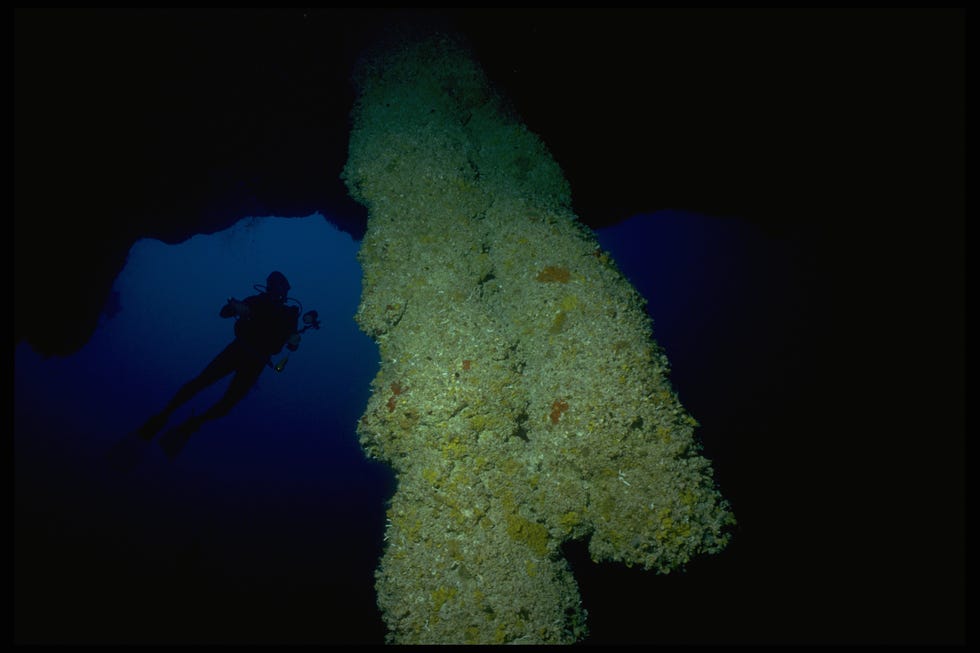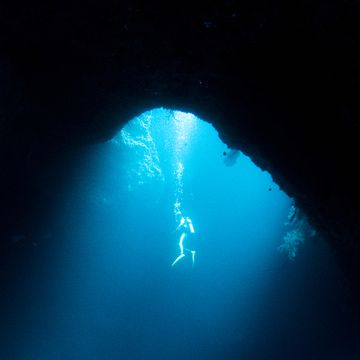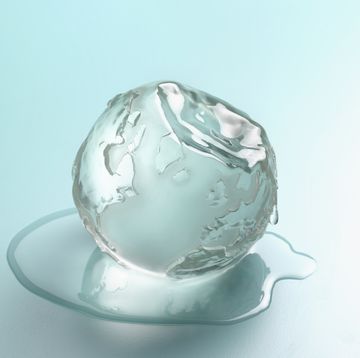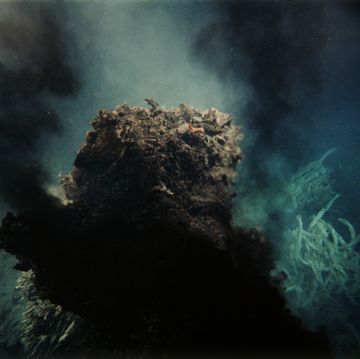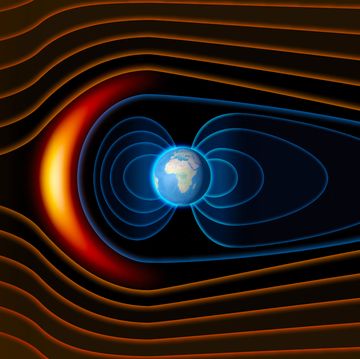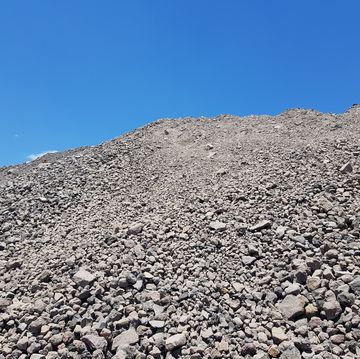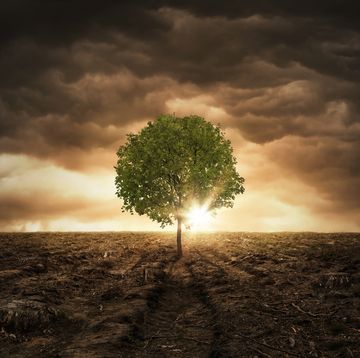The Great Blue Hole, located off the coast of Belize, is one of the world's true natural wonders. Now we're finally learning more about what's inside this mysterious phenomenon: A high-profile mission of exploration featuring billionaire Richard Branson recently took a submarine down to its depths, creating a high-resolution 3D map.
On one level, everything you need to know about the Great Blue Hole is right there in the name. Circular in shape, the sinkhole is located at the center of Lighthouse Reef, an atoll in the Caribbean Sea. It's around 300 meters (1,000 feet) across and 125 meters (400 feet) deep, and is easy to spot because its deep blue color contrasts with the light blue waters surrounding it. Earth-observing scientists, like those at NASA, believe it to be the largest sinkhole of its kind.
Seen from above, a very light, greyish-white ring can be seen surrounding the Great Blue Hole. That ring is actually elevated coral, dried out by being too close to the ocean's surface.
The mystery of this peculiar place has enticed explorers for decades. The Great Blue Hole first entered much of the public's imagination in 1971, when it was featured on an episode of The Undersea World of Jacques Cousteau. The famed French oceanographer filmed there for an episode titled "Secrets of the Sunken Caves." Because that's right—the hole is technically a vertical cave.
It's a limestone cave, to be exact. The Great Blue Hole contains stalactites and stalagmites below the surface, some 40 feet in length. And as with any good cave, more mysteries lie within. Erika Bergman, chief pilot of Aquatica, the submarine company that brought Branson down to the depths, told Engadget:
"We're not even going to set down on the bottom because it's theoretically been filling with silt for the last 100,000 years. We can get really, really nice and close up to the objects without touching them or stressing them in any way. We've had a lot of experience doing that around shipwrecks, mostly, where you definitely don't want to touch anything."
It's possible to go diving at the Great Big Hole, but it's for advanced divers only—prerequisites include over 24 complete dives, according to Atlas Obscura. Anybody can snorkel at the top, but looking at the pictures really makes all that practice time seem worth the effort.
David Grossman is a staff writer for PopularMechanics.com. He's previously written for The Verge, Rolling Stone, The New Republic and several other publications. He's based out of Brooklyn.

